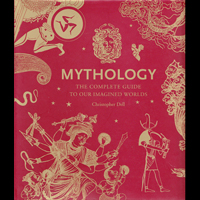Mythology and Symbolism
Myths, archetypes and symbols are universal expressions of perennial spiritual principles and truths. They appear in a wide variety of forms and manifestations across various cultures and time periods, while retaining their timeless, essential identity as symbolic representations of ultimate reality.
Man and His Symbols
Carl G. Jung
Doubleday and Company (1964)
This richly illustrated volume
was conceived and completed shortly before renowned Swiss psychiatrist
Carl Jung died. It describes the nature and function of dreams, explores
the symbolic meaning of modern art and reveals the psychological significance
of the ordinary experiences of everyday life.
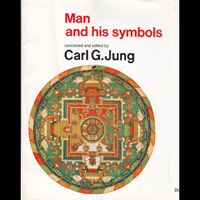
The Mythic Image
Joseph Campbell
Princeton University Press (1974)
Joseph Campbell was a world
renowned authority on mythology whose scholarship illuminated the innumerable
facets of symbology that are revealed through religion, mythology, psychology
and the arts. He traces the traditional myths of the world’s high
civilizations over five millennia through more than 400 illustrations
of mythic art from Mesopotamian, Egyptian, Indian, Chinese, European and
Olmec culture.
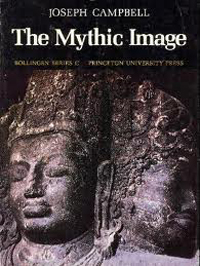
The
World’s Mythology in Colour
Veronica Ions
Hamlyn (1974)
The mythology of the world’s cultures, both Eastern and Western, ancient and contemporary, primitive and sophisticated, is presented through text and colour illustrations. The works portray universal archetypes and symbols through painting, architecture, sculpture, pottery, crafts and other modalities.
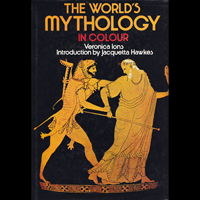
Myths
Alexander Eliot
McGraw-Hill (1976)
Myths are humanity’s earliest answers to the mysteries of the unknown, the very foundation of our cultural and spiritual heritage. The book, which contains over 1,300 illustrations, is arranged by themes (death and rebirth, quests and tests, magical beings, creation myths) which reveal the striking recurrence of basic motifs in widely different mythologies the world over.

The Round
Art: The Astrology of Time and Space
A.T. Mann
Dragon’s World (1979)
A.T. Mann is an astrologer, artist and architect who provides a definitive textbook of astrology which correlates the ancient science and art to modern psychology and physics. He shows how astrology is the “round art of wholeness” which links the personal, internal world of the psyche with the collective, external world of events, experiences and physical phenomena.
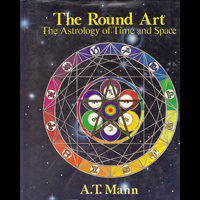
Mythology:
An Illustrated Encyclopedia
Richard Cavendish, ed.
Orbis Publishing (1980)
Myths have existed in virtually every culture of the world from ancient times to the present. The volume combines insightful essays with more than 400 illustrations to highlight the role of myths in the attempts by human beings to explain the nature and workings of both the physical and spiritual dimensions of reality.
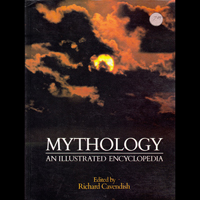
Symbolism
Michael Gibson
Taschen (1995)
One of the most influential artistic movements of the 19th and 20th centuries is “Symbolism.” Based on dreams, the unconscious and the power of imagination, Symbolism attempts to express these inner realities in perceptible form. The book is a comprehensive survey of the work of seminal artists of this important art form.
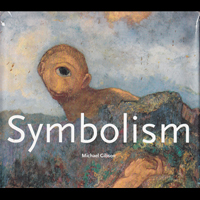
Alchemy and
Mysticism
Alexander Rook
Taschen (2001)
The book is a fascinating journey through the pictorial world of alchemy and mysticism, the Kabbala and magic, Freemasons and Rosicrucians. The careful selection of illustrations with associated commentaries and source texts provides a window into the mysterious world of the “secret arts.”
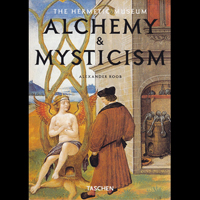
1001 Symbols
Jack Tresidder
Chronicle Books (2004)
Traditional symbols form a universal language that represents and unlocks the mysteries of our world. This compendium of the world’s most recognized symbolic images demystifies the hidden meanings that appear in art, religion and literature – exploring the themes that dominate our thoughts and dreams.
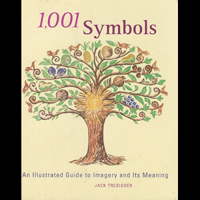
The Illustrated
Encyclopedia of Signs and Symbols
Mark O’Connell and Raje Airey
Lorenz Books (2007)
Signs and symbols have been represented and interpreted through thousands of years of art, mythology and religion, from the Babylonians and Sumerians to the modern world. This guide to hundreds of symbols, signs and ideograms combines photographs, artworks, diagrams and drawings with supporting text, commentary and definitions.
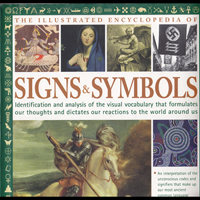
Signs and
Symbols
Miranda Bruce-Mitford and Philip Wilkinson
Darling Kindersley (2008)
Over thousands of years human beings have developed an extensive vocabulary of signs and symbols that remind us of our unity with the cosmos. This illustrated guide unlocks the origins and meanings of signs and symbols from ancient hieroglyphs to modern-day logos.
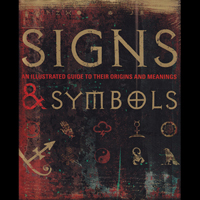
Sacred Symbols
Robert Adkinson
Abrams (2008)
Robert Adkinson’s study of religious, philosophical and cultural symbols and emblems highlights the universal power of these elemental images, bridging the gap between languages and civilizations all over the world. Visual images from the early societies of the Egyptians, Celts and Mayas, the great religious traditions of Buddhism, Taoism and Christianity, and those found in art and architecture are presented in historical and cultural context.
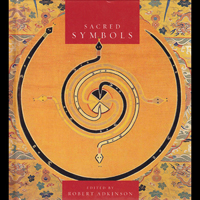
The New Secret
Language of Symbols
David Fontana
Duncan Baird Publishers (2010)
A symbol can move or inspire, or it can work more mysteriously, speaking to our unconscious and stirring us at a deep level of intuitive wisdom. The volume is an illustrated sourcebook of symbols and symbol systems, and a guide to the hidden meaning encoded within the world’s art, artifacts and architecture.

The Book of
Symbols
Ami Ronnberg and Kathleen Martin
Taschen (2010)
The Book of Symbols is intended to serve as a resource of transformative images and essays, and as an essential guide to symbolic images for therapists, artists, art historians, designers and all explorers of the inner life. The 807-page volume is structured into five sections: Creation and Cosmos, Plant World, Animal world, Human World and Spirit World.
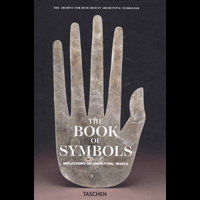
The Encyclopedia
of World Mythology
Arthur Catterell and Rachel Storm
Hermes House (2012)
This comprehensive reference work describes the central myths and legends from Greece, Rome, Egypt, Persia, Central Asia, China, India and the Norse and Celtic lands. The entries describe and illustrate the mythical figures and symbols of each culture and their importance to the ancient civilization of their day.
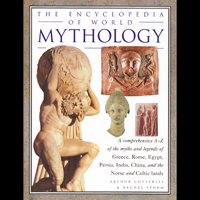
Mythology
Christopher Dell
Thames and Hudson (2012)
Art historian Christopher Dell provides a comprehensive guide to mythological tales and images from around the world. The book utilizes text and striking illustrations to explain overarching themes such as the supernatural realm, the earth, gifts from the gods, the plant, animal and human kingdoms, heroes, quests, journeys and epics.
